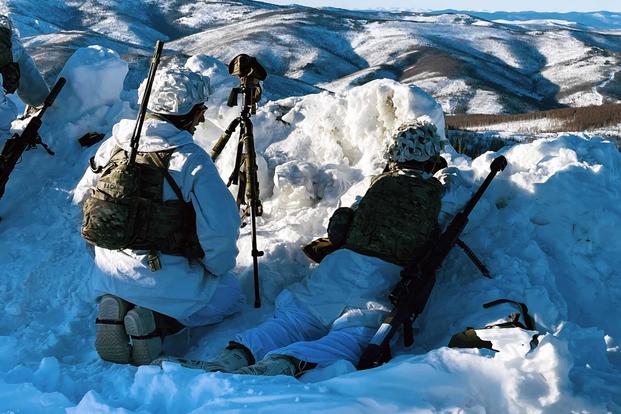The intervention of the Chinese into the
Korean War in late 1950 heightened
international tension and prompted a
reexamination of Canadian and U.S.
continental defence planning.
The Cabinet Defence Committee recommended in November
1950 that:
. . . the Committee be authorized to study as a matter
of urgency, preparations that could be made within
the next few months to meet the dangers of air attack
on central Ottawa in the event of war within the next
twelve months . . ,4S
The PJBD MCC planners were already way
ahead of the politicians. The General Officers,
Commanding of Eastern Command and
Western Command were authorized to conduct
defence planning liaison with their American
counterparts, Commander U.S. FirstArmy and
Commander U.S. Sixth Army respectively. The
defence of Alaska was the responsibility of a
separate command, U.S. Commander in Chief,
Alaska (CinCAL); GOC Western Command was
tasked to liaise with it.
By this point, the basic Security Plan of 1946 had evolved (in name
only) into the Canada-U.S. Emergency Defence Plan (EDP) or MCC 300/2.46
The gist of MCC 300/2 allowed for the
deployment of
one U.S. Regimental Combat Team (RCT-American version of the brigade group) to Greenland (Plan DIAMOND),
one RCT to Alaska,47
one U.S. RCT would be deployed alongside a Canadian MSF battalion group in New Brunswick, P.E.I, or Nova Scotia if necessary (Plan GARNET).
Newfoundland, Labrador, the North West territories and the Yukon were to be the responsibility of two MSF battalion groups and a third if one was not needed in the Maritimes.
Plan SAPPHIRE allowed for the deployment of an MSF battalion group to the New England states if warranted.48
Some additional thought was given to the use of MSF units in Plan DIAMOND but this was ruled out by Canadian planners who already had enough on their plate.49

 www.military.com
www.military.com






